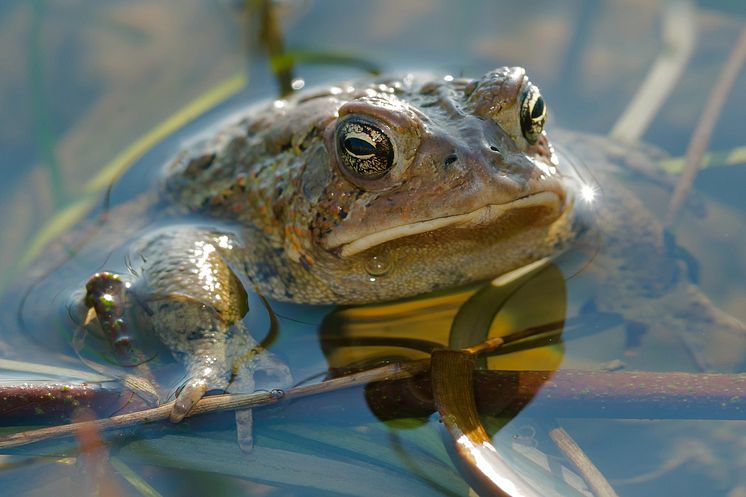
How safe is our tap water really?
The latest scare about what's lurking in our tap water comes from the Canadian cities of Toronto and Montreal. According to an article in Now Magazine, tests carried out by local environmental groups have found traces of the pesticide atrazine in both Toronto and Montreal's drinking water 'at levels that would flunk European safety standards'.
Muhannad Malas, toxics manager for the Environmental Defence group, told NOW that people living in Toronto are probably being exposed to atrazine on a daily basis. NOW cited a 2013 study by Health Canada – a Federal department responsible for helping Canadians maintain and improve their health – that 'tapped groundwater monitoring data and found the chemical in 20 per cent of 14,455 groundwater samples from Canada and the U.S.'
Toronto Public Health spokesperson Christine Navarro told NOW that “the levels of atrazine in drinking water are well below the maximum acceptable concentration for drinking water". However, NOW noted that the European Union's threshold for safe levels of atrazine in drinking water is 50 times lower than Canadian drinking water guidelines allow.
The U.S. Environmental Protection Agency (EPA) says atrazine is a widely used herbicide that can be applied before and after planting to control broad leaf and grassy weeds. Atrazine is the second most commonly used herbicide in the U.S., applied to golf courses, lawns and food crops each year.
According to the atrazine.com website, the pesticide's effectiveness and safety is well documented throughout the United States and around the world, with nearly 7,000 scientific studies conducted on the product. The site describes atrazine as effective, safe, and integral to agriculture’s success in the United States and worldwide, yet many do not agree. In fact, antrazine has not been approved for use in Europe for well over a decade.
Several studies have shown that atrazine is a potent endocrine disruptor, affecting fish, amphibians, reptiles, and human cell lines – and seemingly capable of sparking feminization and chemical castration. Pesticide Action Network (PAN) North America, an enviropnmental lobbying group, says human exposure to atrazine is linked to a number of serious health effects, including being linked to elevated risk of breast and prostate cancer.
PAN says that atrazine is found in 94% of U.S drinking water tested by the USDA— more often than any other pesticide. The organization states an estimated 7 million people were exposed to atrazine in their drinking water between 1998 and 2003.
The European Commission says that while the green revolution in the 1940s produced many effective and apparently safe pesticides, including synthetic insecticides such as DDT, many of these chemicals were later discovered to have toxic effects, such as carcinogenicity. Several EU studies have underlined the pollution 'legacy' of pesticides such as antrazine, which can persist in the environment several decades after their use is prohibited.
So how can we best protect ourselves from contaminated tap water?
The EPA says 'we must all work to prevent contamination of ground water', but that does not solve the here and now issue of poor water quality. The U.S. National Resources Defense Council (NRDC) lists a number of suggestions, ranging from thinking twice about plastics and saying 'no' to cans to also proposing the use of a water filter that can decrease the level of contaminants, including endocrine-disrupting chemicals.